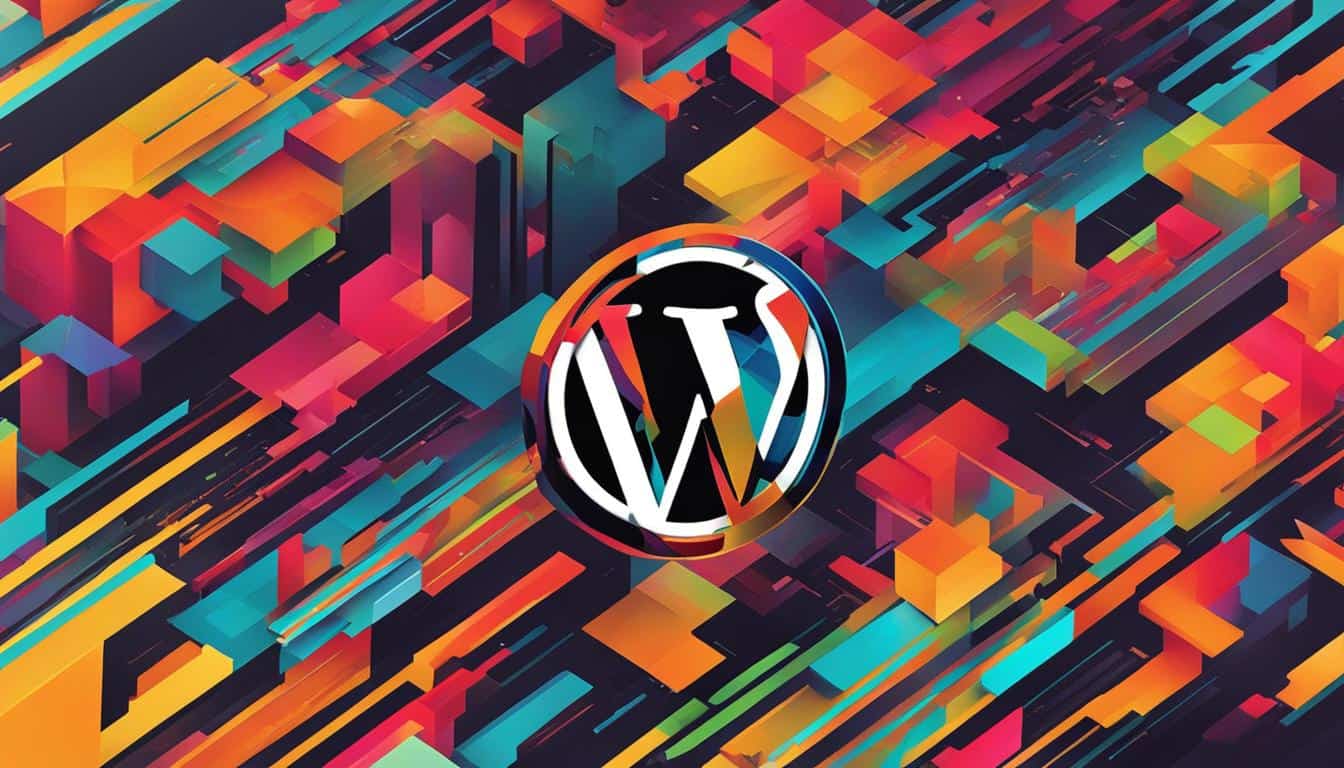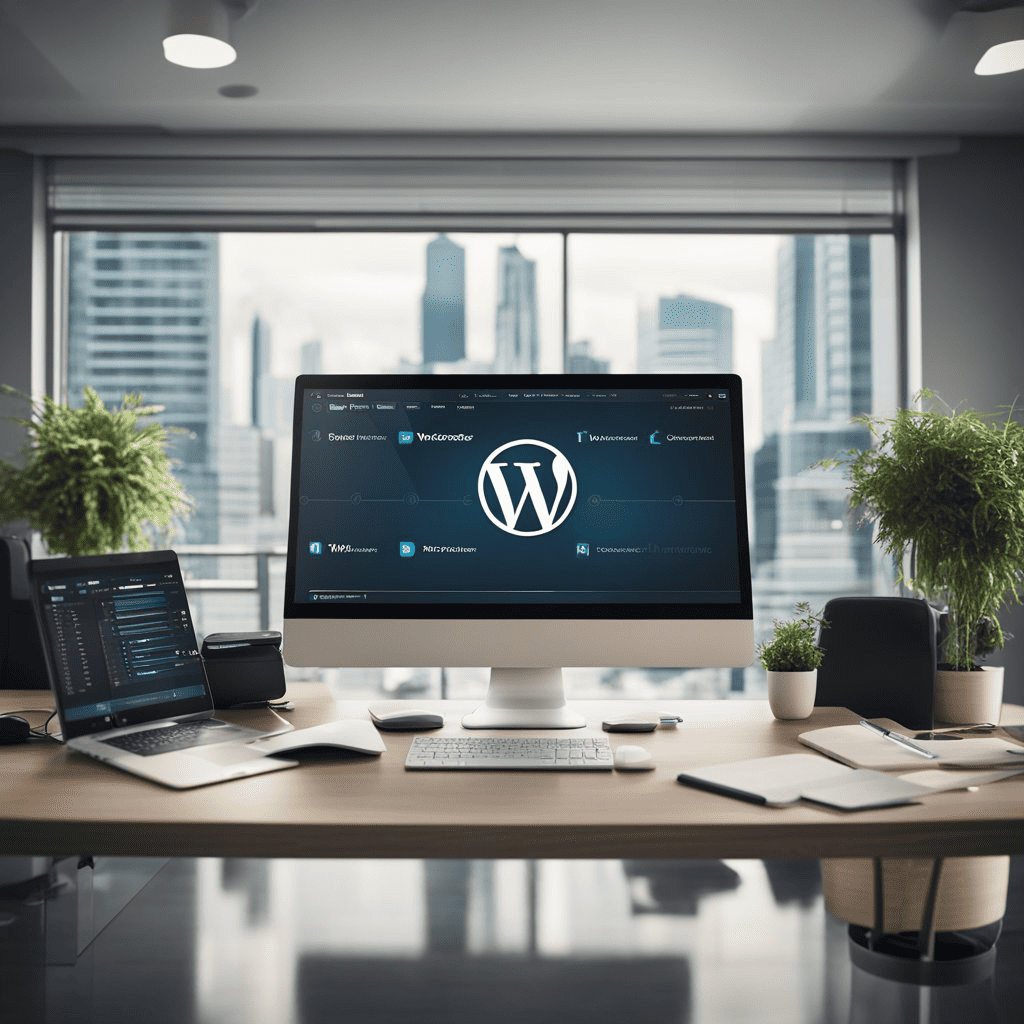JPG vs JPEG: Differences Explained Clearly

Are you confused about the difference between JPG and JPEG image formats? Do you wonder why there are two names for what seems to be the same thing? If you’re a website owner or digital creator, understanding these differences is crucial for optimizing your images and improving the user experience. So, let’s dive in and explore the distinctions between JPG and JPEG and how they impact image compression and file formats.
Key Takeaways:
- There are differences between JPG and JPEG file formats, despite their common use.
- JPG and JPEG both utilize lossy compression to optimize image sizes.
- The historical context explains why two names exist for the same file format.
- Understanding image quality, compression techniques, and color models is essential in choosing the right format.
- Website owners and digital creators need to consider practical implications and make informed decisions about image editing and saving.
Understanding the Basics: What Are JPG and JPEG?
In this section, we will provide a brief overview of JPG and JPEG. We will explain that JPEG stands for the Joint Photographic Experts Group, the organization responsible for creating the JPEG standard. We will also highlight the three different uses of the term JPEG, including its role as a file format. Additionally, we will explore how JPEG utilizes lossy compression to optimize image sizes while maintaining acceptable image quality.
Origin of JPEG: The Joint Photographic Experts Group
The JPEG format is named after the Joint Photographic Experts Group, an international committee of experts who developed the JPEG standard. Established in 1986, this group aimed to create a standardized method for compressing digital images without significant loss of quality. The JPEG format revolutionized the digital imaging industry and became widely adopted due to its efficient compression algorithm.
File Format Nomenclature: JPEG and Its Three Distinctions
The term JPEG is commonly used to refer to three distinct concepts: the Joint Photographic Experts Group, the JPEG file extension, and the JPEG compression algorithm. The file extension “.jpg” or “.jpeg” is used to denote image files stored in the JPEG format. It is important to note that both “.jpg” and “.jpeg” are interchangeable and refer to the same image file format.
Lossy Compression: How JPEG Optimizes Your Images
JPEG utilizes a lossy compression technique to reduce the file size of images. Lossy compression reduces file sizes by selectively discarding information that is difficult for the human eye to notice. While this compression method may lead to a slight degradation in image quality, the tradeoff is often acceptable for web-based applications where smaller file sizes and faster loading times are crucial.
The Historical Context: Why Two Names Exist
The existence of two names, JPG and JPEG, for the same file format can be traced back to the historical context in which these file formats originated. The use of these two names is primarily due to the file naming limitations of early Windows operating systems.
In the early days of computing, Windows operating systems could only support file extensions with up to three characters. As a result, the file format name “JPEG,” which stands for Joint Photographic Experts Group, had to be shortened to “JPG” to fit within these limitations.
On the other hand, Mac and Linux systems had no such restrictions and could use the full “JPEG” file extension. This difference in file naming conventions between Windows and other operating systems led to the emergence of two names for the same file format.
Despite advancements in technology and the removal of these file naming limitations in modern Windows systems, both JPG and JPEG continue to be used interchangeably. This is largely due to the familiarity and widespread use of both names among digital creators, image editing software, and file-sharing platforms.
The historical context of the JPG vs JPEG naming discrepancy serves as a reminder of the intricacies and limitations that shaped early computing systems. Today, despite the convergence of file format names, the legacy of this historical context continues to influence the usage and recognition of both JPG and JPEG file formats.

Technical Similarities of JPG and JPEG Formats
In this section, we will explore the technical similarities between JPG and JPEG formats. Understanding these similarities can provide valuable insights into the image quality, compression techniques, and color models used in both formats.
The Raster Image Foundation: Pixels and Quality
Both JPG and JPEG formats are based on the concept of raster images. A raster image is composed of individual pixels that come together to form the complete image. Each pixel represents a specific color or shade, combining to create a visually coherent picture. By utilizing a grid-like structure of pixels, raster images achieve high-quality visuals with fine detailing and accurate color representation.
Compression Techniques: Maintaining Balance in Image Quality and Size
One of the key aspects of image optimization is striking a balance between image quality and file size. Both JPG and JPEG formats employ compression techniques to achieve this delicate equilibrium. By reducing the file size, images can load faster on web pages, enhancing the overall user experience.
The compression techniques used in both formats aim to eliminate redundant or repetitive image information while preserving the essential visual details. This process is called lossy compression. It selectively removes data that is less noticeable to the human eye, resulting in smaller file sizes without significant loss of image quality.
Color Models: How JPG and JPEG Store Colors
Another similarity between JPG and JPEG formats lies in how they store colors. Both formats support various color models that define how colors are represented and manipulated within the image.
The most common color model used in JPG and JPEG formats is RGB (Red, Green, Blue). RGB represents colors by combining different intensities of red, green, and blue light. By manipulating these color intensities, a wide range of colors can be achieved. Another color model used in both formats is CMYK (Cyan, Magenta, Yellow, Key/Black). CMYK is primarily used for printing and describes colors based on the combination of ink pigments.
By supporting different color models, both JPG and JPEG formats provide flexibility in capturing and reproducing a broad spectrum of colors.
Practical Implications for Website Owners
As a website owner, the choice between JPG and JPEG image file formats can have significant practical implications for your website’s performance and user experience. Selecting the appropriate image format is crucial for optimizing image loading speeds and ensuring smooth navigation for your visitors.
When it comes to image optimization, JPG and JPEG formats offer different advantages. JPG, also known as JPEG, is a widely supported and compatible format that provides efficient file compression, reducing the overall file size without sacrificing image quality.
By optimizing your images in the right format, you can enhance the user experience on your website. Quick loading speeds contribute to decreased bounce rates and increased engagement, ultimately benefiting your website’s ranking in search engine results.
Here are some tips and best practices for website owners to optimize their images:
- Choose the right format: Assess the nature of your images and consider the level of detail and color complexity. If your images contain simple graphics or illustrations with limited colors, consider using JPG format. For complex and high-quality photographs, JPEG format with little to no compression may be more suitable.
- Reduce file sizes: Utilize image optimization tools or plugins to compress your images effectively while maintaining a satisfactory level of image quality. Strive for a balance between image size reduction and image clarity.
- Optimize alt text: Provide descriptive alt text for your images, incorporating relevant keywords that align with your website’s content. This helps search engines understand the context of your images and may improve their visibility in search results.
- Consider responsive design: Ensure your website is responsive and adapts to different screen sizes. Optimize your images for various devices to maintain a consistent user experience across platforms.
- Monitor image performance: Regularly analyze your website’s performance metrics, including image loading speeds and user interactions. Identify any areas for improvement and make necessary adjustments to optimize your website’s user experience.
By following these best practices, you can enhance your website’s performance, improve user experience, and boost your website’s overall success. Choosing the right image file format and optimizing your images will contribute to a faster and more appealing website for your visitors.

Choosing Between JPG vs JPEG for Image Editing and Saving
When it comes to image editing and saving, choosing the right file format is crucial for preserving image quality and optimizing file size. In this section, we will provide guidance for digital creators on selecting between JPG and JPEG formats. We will explore factors such as software preferences, file storage considerations, and image degradation to help you make informed decisions.
Software Preferences: Why Your Editing Tool Might Favor One Extension
Before diving into the world of image editing, it’s important to consider your editing software’s preferences. Some software may have better compatibility or performance with either JPG or JPEG formats. For example, certain tools may provide more comprehensive editing features or better compression options specifically tailored to one format over the other. Understanding how your editing software interacts with these formats will help you make the most efficient choice for your editing workflow.
File Storage Considerations: Which Format Is More Efficient?
Another critical factor to consider is file storage. Different formats have varying levels of efficiency when it comes to file size. If you’re working with images that require a smaller file size without sacrificing too much image quality, JPG may be the preferred choice. On the other hand, if you prioritize image quality and have sufficient storage space, JPEG could be a better option. Evaluating your storage requirements and considering the balance between file size and image quality will ensure optimal usage of resources.
Saving Repeatedly: Image Degradation in JPG and JPEG
One of the challenges digital creators face is maintaining image quality when repeatedly saving images. This is particularly relevant for formats like JPG and JPEG, which utilize lossy compression. Saving an image multiple times in these formats can result in visible degradation and loss of image details. To minimize such degradation, it’s important to strike a balance between the desired file size and the number of times an image is saved. Regularly monitoring the quality of your images and choosing appropriate compression options can help mitigate image degradation.
Exploring Advanced JPEG Formats: JPEG 2000 and Beyond
In this section, we will explore advanced JPEG formats that go beyond the traditional JPG and JPEG. One of the notable formats we will focus on is JPEG 2000. Unlike the traditional JPEG format, JPEG 2000 incorporates more advanced compression technology, offering both improved image quality and smaller file sizes.
With JPEG 2000, you can expect enhanced image details, reduced artifacts, and smoother gradients, making it an ideal choice for high-quality image applications. This advanced format utilizes wavelet-based compression, which allows for better preservation of image details compared to the older JPEG format.
Moreover, JPEG 2000 supports various color spaces, including grayscale, RGB, and CMYK, giving digital creators more flexibility in handling different types of images. Whether you’re working with photographs, graphic designs, or medical images, JPEG 2000 has the capability to deliver outstanding image quality.
Looking ahead, the future of image file standards is constantly evolving. As technology progresses, new image file formats may emerge, offering even more efficient compression methods and improved image quality. Digital creators and website owners should stay updated with the latest advancements in image formats to make informed decisions and optimize their visual content.
To illustrate the advantages of JPEG 2000 and showcase the future of image file standards, here is an image that demonstrates the improved image quality and reduced file size achieved by using JPEG 2000:
This side-by-side comparison clearly highlights the superior image quality and smaller file size achieved with JPEG 2000. This remarkable format exemplifies the advancements in image compression technology and sets the stage for the future of image file standards.
Conclusion
In conclusion, understanding image formats is crucial for delivering a seamless user experience on websites. The choice between JPG and JPEG, two commonly used image formats, can significantly impact the loading speed and overall performance of your website. By utilizing the appropriate image format, you can optimize images without compromising their quality, ensuring that your users have a positive browsing experience.
For digital creators, knowing the differences between JPG and JPEG is essential for making informed decisions about image editing and saving. Different editing software may favor one format over the other, and understanding these preferences can streamline your workflow. Additionally, considering file storage efficiency and the potential degradation caused by saving images repeatedly is crucial to maintain image quality throughout the editing process.
Looking ahead, image file standards continue to evolve. Advanced formats like JPEG 2000 offer improved compression technology, allowing for higher image quality and smaller file sizes. As technology advances, it’s important for digital creators to stay informed about the future of image file standards and adapt their workflows accordingly.
By staying up-to-date with image formats, prioritizing user experience, and keeping an eye on future developments, digital creators can leverage the power of image optimization to enhance their websites and engage their audiences effectively.
FAQ
What is the difference between JPG and JPEG?
There is no technical difference between JPG and JPEG. They are two different file extensions used for the same file format.
What does JPEG stand for?
JPEG stands for the Joint Photographic Experts Group, the organization responsible for creating the JPEG standard.
Why are there two names for the same file format?
The use of JPG and JPEG can be attributed to the file naming limitations of early Windows operating systems, which only supported file extensions with up to three characters.
Are JPG and JPEG the same type of image format?
Yes, both JPG and JPEG are raster images composed of individual pixels that make up the entire image.
How does JPEG compress images?
JPEG utilizes lossy compression to optimize image sizes while maintaining acceptable image quality.
Which image format is better for website optimization?
Selecting the appropriate image format, either JPG or JPEG, is crucial for optimizing image loading speeds and improving the overall user experience on websites.
Which image format should I use for image editing and saving?
The choice between JPG and JPEG for image editing and saving depends on different editing software preferences and file storage considerations.
Does repeatedly saving images in JPG or JPEG format affect image quality?
Yes, repeatedly saving images in JPG or JPEG format can lead to image degradation.
Are there advanced JPEG formats beyond JPG and JPEG?
Yes, JPEG 2000 is an advanced compression technology that offers improved image quality and smaller file sizes compared to traditional JPEG.
What is the future of image file standards?
The evolution of image file standards, including JPEG formats, continues to shape the future of image formats.
Source Links
- https://wpastra.com/comparison/jpg-vs-jpeg/
- https://kinsta.com/blog/jpg-vs-jpeg/
- https://meridianthemes.net/jpg-vs-jpeg-file-formats/
What is a Content Management System (CMS)? A Clear Explanation
Guide: How to Find Your WordPress Login URL

Helmi Friday
Elementor Alternative
on Autopilot




